Adenine is a heterobicyclic aromatic compound with a purine backbone which, as an organic nucleus base, together with three other bases, forms one of the basic building blocks of genetic information in DNA and RNA.
In addition, adenine in the form of a nucleoside or nucleotide plays an important role in metabolism as NAD, FADH2 or ATP, especially in the energy balance of cells, in the mitochondria.
What is adenine
Adenine with the chemical molecular formula C5N5H5 consists of a heterobicyclic aromatic ring (purine basic structure) with an attached amino group (NH2). Adenine is therefore also called Aminopurine designated. It is a pale yellow solid that sublimates at 220 degrees Celsius, i.e. changes directly into the gaseous state and is only sparingly soluble in water.
The addition of a deoxyribose sugar molecule turns the adenine into deoxyadenosine, one of the 4 building blocks that make up the double helix DNA. Deoxythymidine, which is formed from thymidine and the also attached deoxyribose molecule, serves as the complementary base. In the case of RNA, this is a slightly modified process. Adenine becomes adenosine through the addition of a D-ribose sugar molecule. Adenosine takes the position of deoxyadenosine in DNA in RNA. The complementary base is not thymine, but uracil in the form of uridine.
In addition, adenosine forms the basic structure of the nucleotides ATP, ADP and AMP, which play an important role in the energy balance of cells. Adenosine also performs important functions as a cofactor in a number of enzymes, hormones and neuromodulators such as coenzyme A, NADPH and NADH.
Function, effect & tasks
As part of a strand of the DNA double helix, adenosine forms the adenine-thymine base pair (A-T) via two hydrogen bonds with the complementary nucleus thymine in the form of deoxythymidine. In the mostly single-stranded RNA, adenine has an analogous function, although uracil is not thymidine as the complementary base in the formation of the complementary strand, the mRNA (messenger RNA).
As a component of DNA and RNA, adenine is not directly involved in metabolic processes, but only serves, in conjunction with the other nucleobases, to code amino acid sequences for the synthesis of the corresponding proteins. Part of the energy metabolism of almost all cells, called the respiratory chain, essentially consists of a series of oxidation and reduction processes, so-called redox processes. Adenosine, which is phosphorylated to form adenosine triphosphate (ATP), is of central importance within the respiratory chain. ATP releases a phosphorus group and thus becomes adensoindiphosphate (ADP) or adenosine monophosphate (AMP). Overall, it is an exothermic process that uses the breakdown of carbohydrates to generate energy for the metabolism and e.g. B. provides for muscle work.
In this function, adenine or adenosine is directly involved in chemical reactions. An important dynamic component in the chain of redox reactions is also the electron transfer from electrons bound to hydrogen (H) or other electron carriers. Here, too, adenine and adenosine are functional components of enzymes or catalysts such as nicotine diamide (NAD) and others, which ultimately break down the oxidation (combustion) of hydrogen into water into many catalytically controlled individual steps and are therefore available to the metabolism without causing combustion damage .
Education, occurrence, properties & optimal values
According to the chemical formula C5N5H5, adenine consists of the basic building blocks carbon, nitrogen and hydrogen, all of which are abundant in nature. Rare trace elements or minerals are not required. Accordingly, there is no need to fear a lack of raw materials for synthesis, but rather a problem in the body's own production process.
Since the synthesis is time-consuming and energy-intensive, about 90% of the time the body uses a different route, it synthesizes adenine through recycling. In the course of the purine metabolism, adenine is obtained as a breakdown product from more complex compounds. Adenine only becomes biochemically effective as a nucleoside through the addition of a molecule of deoxyribose. This turns adenine into deoxyadenosine. With a further addition of one to three phosphate residues, the deoxyadenosine becomes a nucleotide called adenosine monophosphate (AMP), cyclic adenosine monophosphate (cAMP), adenosine diphosphate (ADP) or adenosine triphosphate (ATP).
In accordance with the diverse tasks of adenine and its biochemically active manifestations in an environment that corresponds to dynamically changing requirements and free adenine does not occur in the body's circulation, any adenine level cannot be measured. Indirect conclusions about an intact purine metabolism can only be drawn by observing and measuring certain metabolic processes.
Diseases & Disorders
The best known - de facto but rare - metabolic disorder that occurs in connection with the body's own production of adenine and its bioactive forms is Lesch-Nyhan syndrome. It is a genetic defect on the x chromosome. The gene mutation leads to a complete deficiency in hypoxanthine guanine phosphoribosyl transferase (HGPRT).
The lack of HGPRT leads to a disturbance in the purine metabolism, so that the recycling of the purine bases hypoxanthine and guanine that normally takes place is no longer necessary. Instead, the body is forced to continuously produce adenine via neosynthesis. This leads to an excessive amount of uric acid and the precipitation of uric acid crystals, which can cause gout or the formation of urinary stones in the joints. In addition, newborns typically experience mental development deficits and increased autoaggression.
Another rare hereditary disease is Huntington's disease. There is a genetic defect on chromosome 4. The base sequence cytosine-adenine-guanine with 10 to 30 repetitions is usually found there in a certain gene. If there are more than 36 of these so-called triplet repetitions due to a gene mutation, the hereditary disease Huntington's disease occurs. In the course of the disease there are motor problems and nerve damage that cannot be cured.

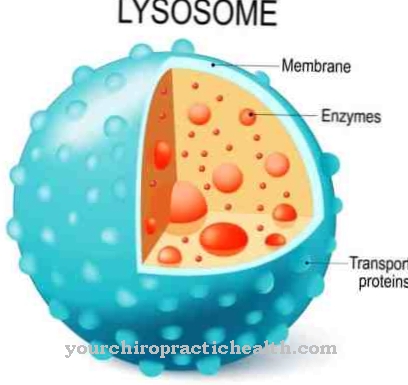


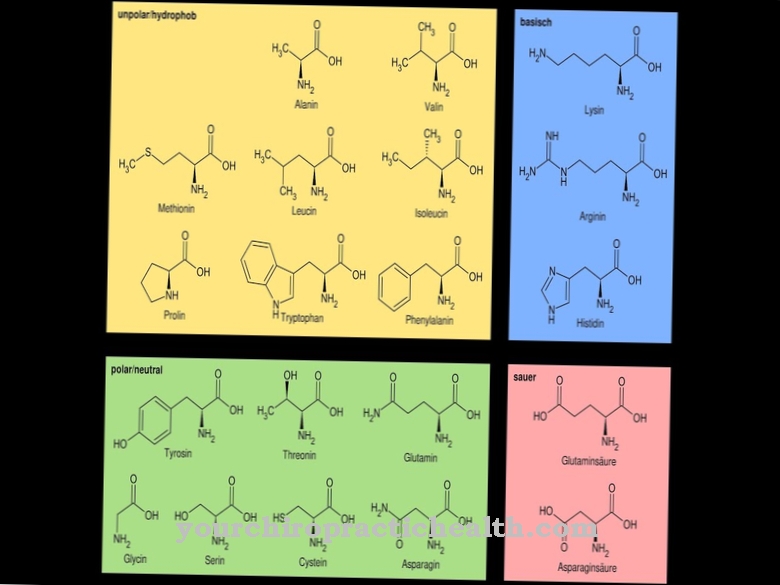
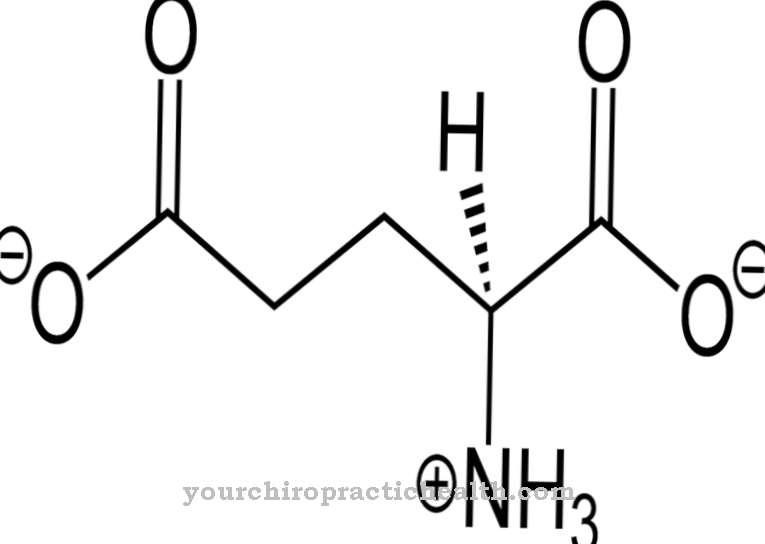
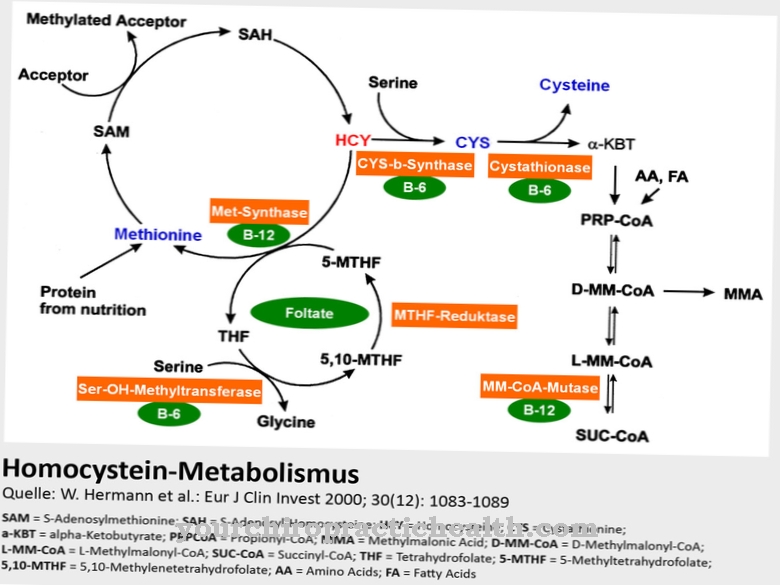




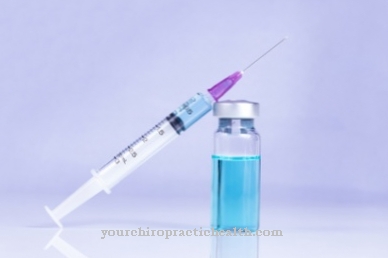





.jpg)







.jpg)


